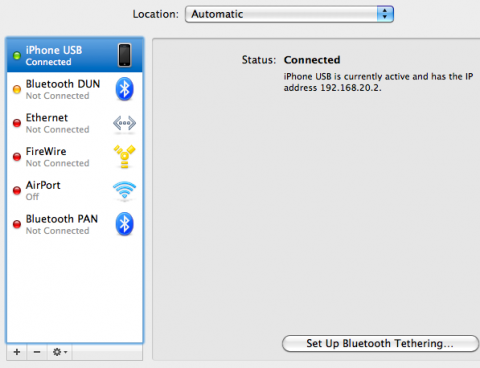Ars Technica What’s the uptake on iPhone OS 3.0? covers how many reliable reports are reporting different stats for iPhone 3.0 adoption. Ars ends the article wondering why the numbers are so skewed. But it’s obvious, right?
– Apple’s download + 3.0 device sales stats = ~17%
– AdMob reports 44% of ads served are to 3.0
– WeightBot and ConvertBot app developers claim 79% are 3.0
This, to me, means:
– Apple’s stats are probably the most correct, overall, but that doesn’t mean a hill of beans to developers
– 44% of active web browsing users updated to 3.0
– 79% of app downloading owners updated 3.0
– Somewhere less than 56% of iPhone users don’t browse much web or download apps, or at lease not enough to splash these stats.
It’s not really an issue with skewed results, it’s an issue with understanding what these results really mean. As the leader of a team doing iPhone development, the world being around 79% adoption of 3.0 is fantastic. And for our future web apps, it’s very intersting (if it’s true) that less than 1/2 of iPhone users using the web are updated.
What’s really intersting is that 17% are on 3.0, or 7 million devices. If 79% of app users are 3.0, and if ALL of 3.0 users buy apps, there is a cap of 8,900,000’ish app buying iPhone owners out of 41 million (8.9 million times 79% is ~7 million).
The questions that come to my mind are:
– Does this mean 1 in 4.6 owners (41 million divided by the hypothetical 8.9 million) have purchased an app? They would have probably at least downloaded a free app. This is probably why Apple is pushing ads about app downloads… They’d like to increase this ratio.
– How many iPhone owners regularly use the web on the device? 1 in 2.5 (if 44% of web browsing owners are 3.0 versus 17% of overall device updates)?
